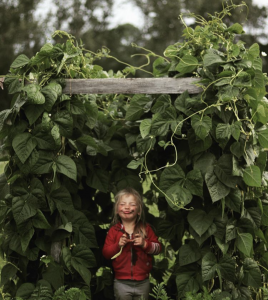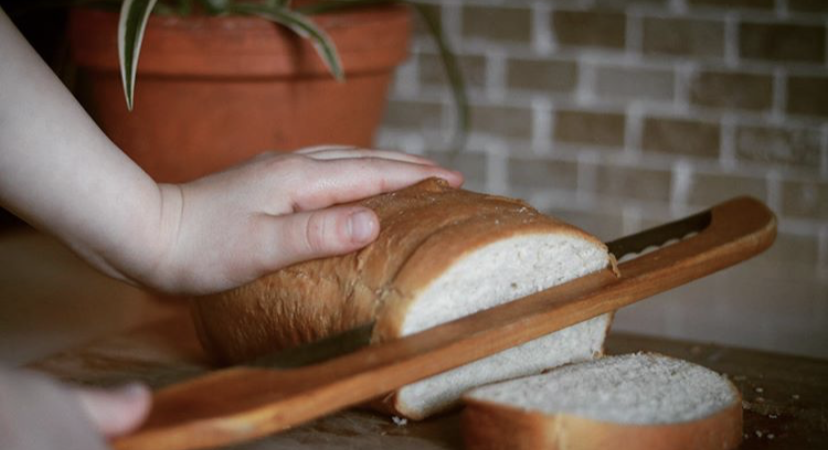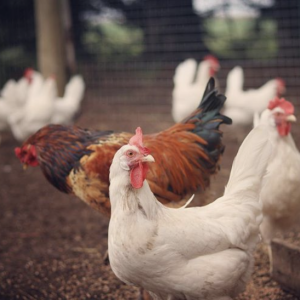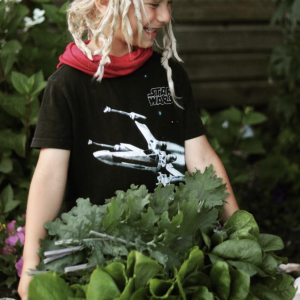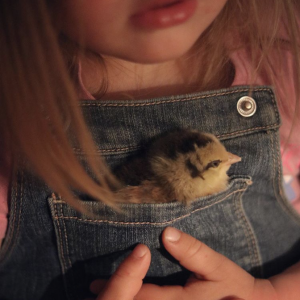PIES! Pies are filled with memories and comfort. They remind us of holidays, spending quality time with our grand-mothers and mother.
Reduce food waste with pies. Yes, you read that right! Pies are a delicious way to use bruised fruits and vegetables. Often fruits and vegetables that are a little older are sweeter and actually make better pies.
In this blog you will learn how to make:
- Perfect pie crust
- Saskatoon apple pie
- Tomato tart
Perfect Pie Crust


Perfect Pie Crust
This is our mother’s fail prof pie recipe! We cherish it and are excited to share it with you. We use this pie crust recipe to make all kinds of pies. From tourtieres to saskatoon berry pies you will get the perfect buttery puffed layered crust.
This recipe makes three 8 inch pies (top and bottom).
- Total Time 75 Minutes
Ingredients
- 3 cups all purpose flour
- 1 cup cold unsalted butter
- 1 egg
- 1/2 tbsp apple cider vinegar
- 1/2 tsp salt
- 3/4 cup cold water
Instructions
- In a medium bowl, add the flour. Cube the cold water. Using a pastry blender (or 2 butter knifes) cut the butter in the flour until the pieces of butter are about the size of rolled oats.
- In a small bowl, add and combine the egg, apple cider vinegar, salt and cold water.
- Add the liquid ingredient to the flour and butter. Combine until there is no more dry flour and ensuring not to overmix the dough.
- Cover the dough with plastic wrap and chill in the fridge for about 1 hour.
- Turn on the oven to 425F. Divide the chilled dough in 6 even segment. Each segment will become an 8" crust. Spread flour on the counter and on a rolling pin. Roll the dough starting from the middle out to form a circle. If you notice to dough starts to stick, add a bit of flour on the counter and on the dough to ensure it does not stick. Roll the dough to about 1/4 cm thickness.
- Place the dough in an 8" pie mold and cut the excess dough. Fill the pie and cover with another pie crust. Cut the top crust about 1 cm larger than the pie mold. Fold the top pie crust under the bottom pie crust and press the edge with a fork. Bake at 425F for 15 minutes. Reduce the heat to 350F and bake for an additional 30 minutes.
Notes
Freezing: This crust can easily be frozen for up to 4 months. After combining the dough (step 3), divide the dough in 6 and wrap each ball of dough in plastic wrap before freezing. Blind baking pies: To bake only the bottom of a pie crust, make wholes in the crust with a fork and place foil on top of the crust and fill with pie weights or dry beans. This will ensure the pie keeps its shape while it bakes. Bake at 400F for about 10-15 minutes if the pie will bake again (e.g. quiche) if the crust needs to be fully cooked (e.g. banana cream pie) bake until the bottom crust is golden brown - about 20 minutes.
Saskatoon Apple Pie


Saskatoon Apple Pie
Saskatoon apple pie is not only an amazing flavour combination; it also holds a special meaning for us. We grew up in Quebec beside an apple orchard. The delicious combination of Saskatoon berries and apples represent our 2 homes. This recipe makes an 8 inch pie and easily serves 6.
- Prep Time 5 Minutes
- Cook Time 45 Minutes
- Total Time 50 Minutes
- Serves 6 People
Ingredients
- 2 pie crust (1/3 of the above recipe)
- 3 tbsp all purpose flour
- 3 tbsp Saskatoon berry jelly
- juice and zest of 1/2 lemon
- 2/3 cup sugar
- 3 cups Saskatoon berries
- 2 peeled and diced apples
Instructions
- Turn on the oven to 425F. In a bowl, add and combine all filling ingredients.
- Divide the chilled dough in 6 even segment. Each segment will become an 8" crust. Spread flour on the counter and on a rolling pin. Roll the dough starting from the middle out to form a circle. If you notice to dough starts to stick, add a bit of flour on the counter and on the dough to ensure it does not stick. Roll the dough to about 1/4 cm thickness.
- Place the dough in an 8" pie mold and cut the excess dough. Fill the pie and cover with another pie crust. Cut the top crust about 1 cm larger than the pie mold. Fold the top pie crust under the bottom pie crust and press the edge with a fork. Bake at 425F for 15 minutes. Reduce the heat to 350F and bake for an additional 30 minutes.
Notes
Freeze: You can freeze the pie before baking for up to 3 months. Bake at 400F for 30 minutes.
Tomato Tart


Tomato Tart
This tart is a beautiful ways to use the abundance of garden tomatoes this summer. It is filled with layers of fresh tomatoes, cheeses and fresh herbs. We love serving it with a large green salad dressed with lemon juice and olive oil.
- Prep Time 10 Minutes
- Cook Time 60 Minutes
- Total Time 70 Minutes
- Serves 4 People
Ingredients
- 1 1/2 lb tomatoes
- 1 tsp salt
- 2 tsp french style mustard
- 1/3 cup goat cheese
- 1/3 cup fetta cheese
- 1/3 cup mozarella
- 1/2 cup fresh herbs (basil, chilves, teragon)
Instructions
- Cut the tomatoes into 1/2 cm. Place the tomatoes in a strainer and sprinkle with salt. Let the tomatoes drain for about 15 minutes.
- While the tomatoes are draining, spread flour on the counter and on a rolling pin. Roll the dough starting from the middle out to form a circle. If you notice to dough starts to stick, add a bit of flour on the counter and on the dough to ensure it does not stick. Roll the dough to about 1/4 cm thickness. Place the crust at the bottom of an 8 inch pie mold. (You can also use a rectangular pie mold, just ensure to roll the dough in a rectangular shape)
- Use a fork to make wholes in the pie crust and place foil on top of the crust and fill with pie weights or dry beans. This will ensure the pie keeps its shape while it bakes. Bake at 400F for 10 - 15 minutes.
- Evenly spread the mustard on the bottom of the tart. Place 1/2 of each cheeses on top of the mustard add a layer of tomatoes and 1/2 of the fresh herbs. Place the rest of the cheese, herbs and garnish with an other layer of tomatoes.
- Bake at 350F for 25 to 30 minutes until the cheese is melted. Let cool about 10 minutes and serve with a green salad.
















